At the same time, research into the needs of animals and their satisfaction has steadily expanded. Globally active companies like Kemin and Diana Pet Food, for example, are now able to pick up on the widely varying requirements of consumers and develop made-to-measure solutions for the pet food industry. This is coming under increasing pressure in view of the growing competition across the industry. There is pressure on one hand to bring a steady stream of innovations onto the market, coupled with rising pressure on margins as a consequence of falling consumer prices. Commercial brands that continue to be in strong demand are responsible for this. On the other hand, as the example of dog treats shows, cheap imports from the Far East are also putting pressure on the general price level.
Concentrating more closely on quality pays off for a company in the end. Since the statutory regulations for pet products are being tightened up all the time, it is getting harder for inferior products to become established. But the crucial factor is consumer behaviour, which has changed considerably in the last few years. In the leading industrialised countries in particular, customers are now more critical and much more informed than ever thanks to the Internet. The declarations on pet food products are read with a more…

 Menü
Menü

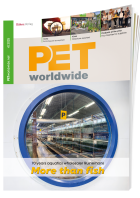






 2/2014
2/2014


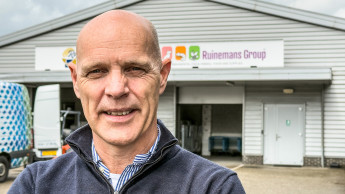


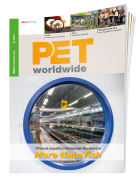

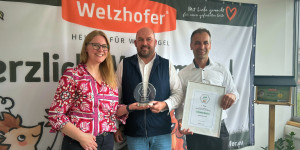


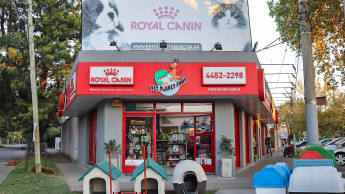

 Newsletter
Newsletter